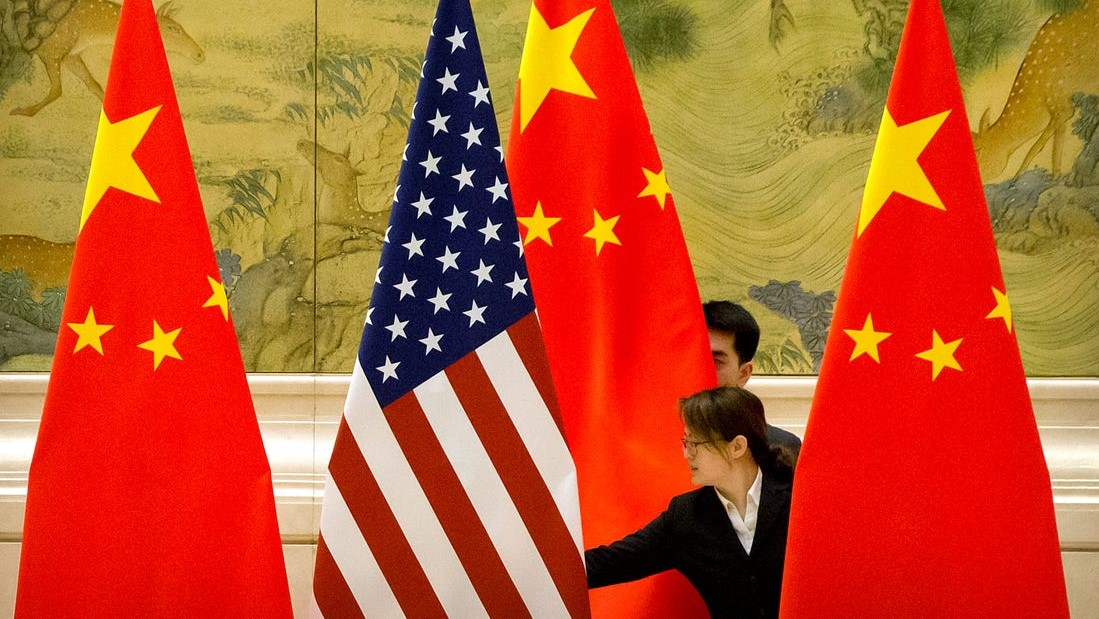Published 12 March 2019 | 1 minute read
The U.S.-China economic relationship has reached a critical juncture.
President Xi and Trump have agreed to resolve immediate trade disputes through negotiations, but addressing more fundamental issues in a meaningful way will take time.
The policy brief by Brookings Institution suggests that the WTO should be central to resolving U.S.-China trade tensions. It also outlines a multi-pronged strategy, including bilateral, multilateral, and unilateral actions, as well as working with allies, for stabilizing the relationship with China. For instance, accession to the CPTPP could be used to encourage China’s compliance with its WTO commitments.
A key conclusion is that the U.S. should focus on addressing the real issues at hand in a free market manner. It should also strengthen the multilateral global trading system and rule of law that it has championed in the post-World War II era. Negotiating a short-term deal or creating a managed trade relationship will not solve the issues and create sustainable trade.
Support for this report was provided by the Hinrich Foundation.
© The Hinrich Foundation. See our website Terms and conditions for our copyright and reprint policy. All statements of fact and the views, conclusions and recommendations expressed in this publication are the sole responsibility of the author(s).

